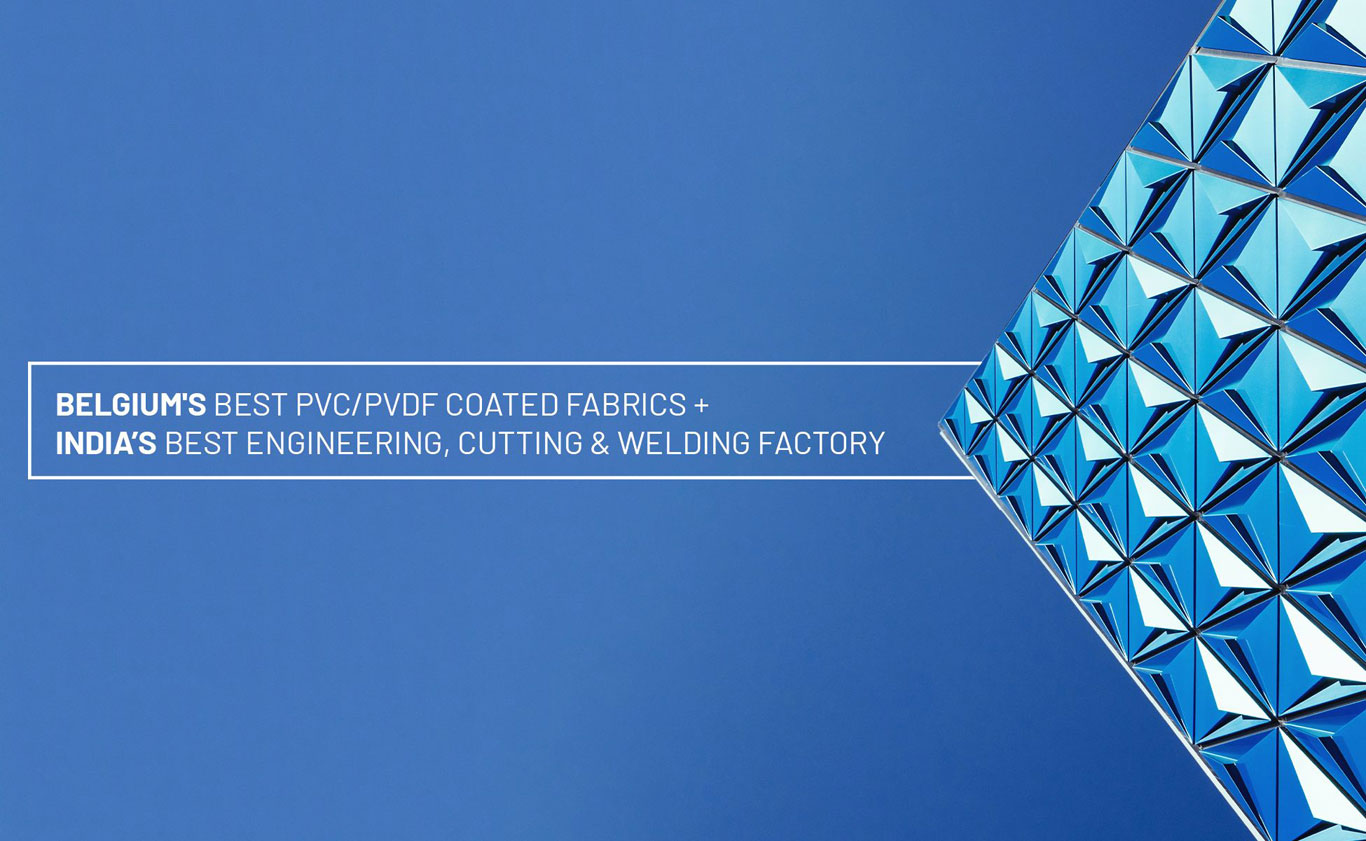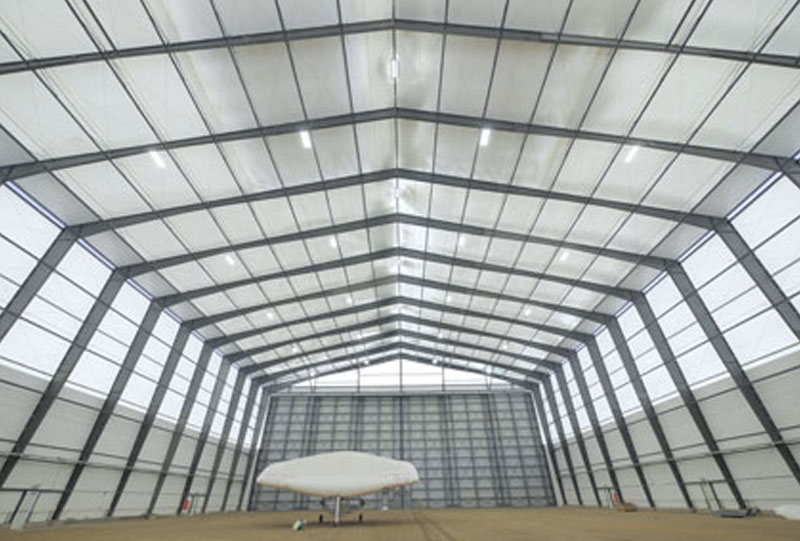
Coated Fabrics for Light Weight Construction Halls
 With our vast industrial experience, we are serving a wide range of Coated Fabric for Light Weight Construction Halls in the industry. Our Coated Fabric for Light Weight Construction Halls has long serving life and gives pleasant performance to the user.
With our vast industrial experience, we are serving a wide range of Coated Fabric for Light Weight Construction Halls in the industry. Our Coated Fabric for Light Weight Construction Halls has long serving life and gives pleasant performance to the user.
They are dimensionally accurate in every aspect. They are defect less and stringently tested on different quality parameters by our team of experts. We are committed for the time bound delivery at any part of the country.
We design and build architectural projects with membranes worldwide. In our view, membranes are a key to innovative and modern architecture, as they offer optimized solutions in many applications, contrasting classic orthogonal building designs.
In general, membrane construction or textile architecture refers to the construction with tensile elements, i.e., slender membranes spanning large areas and transferring their tensile forces onto a substructure. This construction method can be found in the oldest dwellings of mankind in the form of tents or yurts. Today, membranes offer endless possibilities for pioneering and innovative architecture. The most important elements of the structural membrane correspond to the principles of lightweight construction and are therefore optimized for raw materials and structure. Masts, girders, arches, as well as cables and cable nets play an essential role when building membrane substructures.
Membrane structures and other curved surface structures carry loads efficiently and can therefore be designed to have a very shallow effective depth. The tensile forces are carried by tensile elements such as ropes or tension rods, the compression by corresponding elements such as masts, arches, etc. By avoiding bending moments at the bearings of the supporting structure, large cross-sections and massive foundations can be avoided. Therefore, this construction method can be used to cover large open spaces with an extremely light structure.
Thus, membrane construction offers high flexibility for temporary, mobile, and convertible structures. Weight - and mass-optimized designs can facilitate transportation and handling during assembly. In the case of convertible or deployable structures, mobile elements can be easily repositioned (i.e., convertible roofs).
Another advantage of this construction method is that translucent membranes or transparent foils can be used to generate a high amount of light in the building. This enables the use of daylight on a large scale and optimises the use of energy for lighting. For certain buildings, the particularly high yield from solar thermal radiation is also significant. This effect can be advantageous, e.g., in tropical greenhouses or swimming pools.
While there are only right angles in classical architecture, membranes can be used to create exciting shapes, where each shape corresponds with the structural load transfer within the membrane. It is therefore in the nature of our specialty to create light and organic spaces, to set accents of colour and to build individual solutions. As a general planner for membrane construction, we offer our services in all areas of architecture and look forward to new projects that we implement around the world.
Materials in Membrane Construction:
In the course of our design assignments for membrane constructions, we advise architects and builders on the required membrane specifications. We strive to keep up-to-date at all times and receive current information about all relevant products on the market from our suppliers. We decide which material is suitable for the respective construction project based on the material properties. Membranes for textile roofing or membrane structures require special material qualifications. Coatings made of PVC/PES, PTFE or silicone are used, which are applied to different types of fabrics such as glass fibre or polyester. A distinction is made between sealed, water-impermeable fabrics and nets or mesh fabrics.
Traditionally, membrane materials are either sewn or welded and, in some cases, glued with a special glue. Important indications of the membrane materials include their fire resistance, susceptibility to buckling, light transmission, and tensile strength.
Tensile Membrane Applications
- Architectural and Technical Textiles for Textile Architecture Solutions
- Coated Fabrics for Event Halls
- Coated fabrics for Industrial Halls
- Coated Fabrics for Light Weight Construction Halls
- Coated Fabrics for Sports Halls
- Technical Membrane for Hanging Ceilings
- Technical Membrane for Liners
- Technical Membrane for Roofing
- Technical Membrane for Suspended Ceilings
- Tensile Membrane Structures for Restaurants
- Tensile Membrane Structures for Air Supported Halls
- Tensile Membrane Structures for Car Shades
- Tensile Membrane Structures for Interior Architectural Textiles
- Tensile Membrane Structures for Modular Industrial Constructions
- Tensile Membrane Structures for Parking Shades
- Tensile Membrane Structures for Roof Covers
- Tensile Membrane Structures for Shelter
- Tensile Membrane Structures for Solar Protection
- Tensile Membrane Structures for Sport Halls
- Tensile Membrane Structures for Textile Facades
Get Your Free Quote Today!
